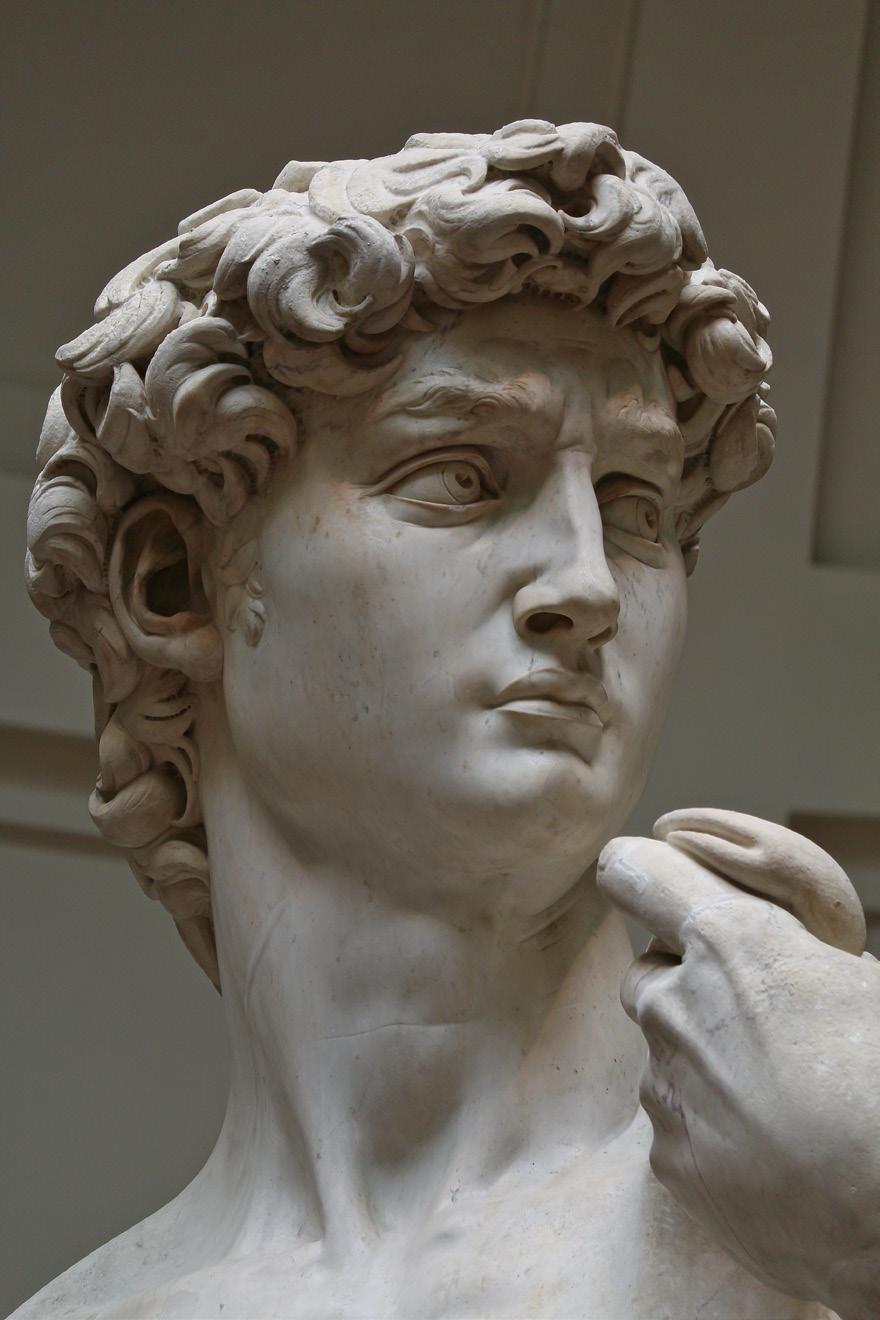
5 minute read
Essay
from Agora Fall 2020
Lessons from a Pandemic Past
by ROBERT J. CHRISTMAN, Professor of History
Editor’s Note: Robert Christman submitted this essay to Agora last spring, just after we went to press. Since that time the coronavirus has not subsided, but in fact will remain a global pandemic well into 2021 (and perhaps beyond). In addition, sharp political divisions within the United States and around the world have escalated beyond incivility to violence. In this context, Robert’s historical example becomes even more compelling, both in how pandemic disease highlights inequities in society and in how we might harness human potential for the common good.
The Black Death, the outbreak of bubonic plague that occurred in the mid-fourteenth century, killed between 30 and 60 percent of all Europeans. The death rate for those who contracted the disease was somewhere in the neighborhood of 60 percent – 100 percent if the sickness was caught in its respiratory form. Under such circumstances Europe was shaken to its core. Observing the complete breakdown of society in Florence, Italy, one of Europe’s leading cities at the time, the author Giovanni Boccaccio wrote, “In the face of such affliction and misery, all respect for the laws of God and man had virtually broken down and had extinguished in our city. For like everybody else, those ministers and executors of the laws who were not either dead or ill were left with so few subordinates that they were unable to discharge any of their duties. Hence everyone was free to behave as he pleased.” The catastrophe impacted every aspect of life; no one and nothing was spared. In short, the Black Death brought an end to the civilization of the Middle Ages, forcing Europe to move in new directions. There are many lessons regarding how human populations respond to epidemic disease that we might learn from medieval Europe’s experience, but I will limit my comments here to two.
Boccaccio and other Florentines prepare to flee the plague of 134752. Image from a 1485 version of The Decameron.
COURTESY OF THE ROYAL LIBRARY OF THE NETHERLANDS The first is rather negative and self-critical. The devastation of their world caused Europeans to become contemplative and introspective, to ask the question, why is this happening? Answers varied. The medical profession thought it was due to bad air that threw the body’s humors out of balance, thereby causing disease. Travelers from faroff lands offered vague references Robert Christman

to some sort of ecological disaster that had occurred in the Far East whence the plague had come – an earthquake or perhaps a volcano. But by far the most common conclusion was that the disease was the result of the wrath of God. But this conclusion raised another question: why was God angry? Again, answers varied, but most commentators agreed that it was because European society had become rich and materialistic; humanity had grown prideful and hubristic; arrogance, greed, and self-gratification dominated, particularly among the nobility; the poor and underprivileged had been left to suffer their fates. Now God was sending his punishment to a bloated, narcissistic, egotistical world. As a result of this realization, when the Europeans rebuilt their world after the plague had subsided, they did so believing that some significant changes were in order—that the goal was not merely to return to the status quo. If we see anything in ourselves of what the fourteenth-century Europeans saw in themselves, hopefully the challenge we are now facing will cause us as individuals and as a society
to ponder some our assumptions and ways of life, and as a result, the world we create in the wake of the corona pandemic might be better, more equitable, and less materialistic. The first lesson we can take from the past is that we will have this opportunity. There is a paradox to the plague, and from it we might learn a second lesson. Historians have long puzzled over the fact that the Black Death and the Renaissance both began c. 1350, and have wondered about the connection between these two events. As the city of Florence was descending into chaos (and would be visited by outbreaks of plague in 1374, 1383, 1400, 1411, 1417, 1430, 1448, 1456, 1478, throughout the 1490s), it was also becoming the capital of the burgeoning Renaissance. The paradox inherent in this pairing of plague and Renaissance is that just as the disease was demonstrating to Europeans the absolute fragility and powerlessness of humanity, the Renaissance (a word that comes from the French for “rebirth”) was arguing for humanity’s capacities. At its core was a celebration of the potential and ability of humankind. If we take Michelangelo’s statue of David as emblematic of the Renaissance, it offers not only an example of the beauty and perfection of the human form, but a demonstration of the latent potential within each of us. With his sling over his shoulder, David is captured in marble at the precise moment that he spots Goliath. The expression in his eyes suggests that the young hero is considering his strategy and about to embark on bold action. A more overt depiction of human efficacy and ability to act is difficult to imagine. So the Europeans of the past, ancestors to many of us, can teach us that pandemic disease offers an unprecedented opportunity to ponder our lives, society, and attitudes, a chance to abandon aspects of ourselves that are harmful, self-centered, and shallow. But it can also remind us that humanity is not merely at the whim of forces beyond its control, but that like David, we are endowed with powers and potential to face whatever is out there, no matter how goliath in its proportions it may be.
NOTES:
1. Giovanni Boccaccio, The Decameron,
G.H. McWilliam, trans. (London:
Penguin Books, [1972] 2003), 7-8.
Closeup of Michelangelo’s David (1501-1504), now in

PHOTO CREDIT: WIKIMEDIA COMMONS BY JÖRG BITTNER UNNA the Galleria dell’Accademia in Florence, Italy










